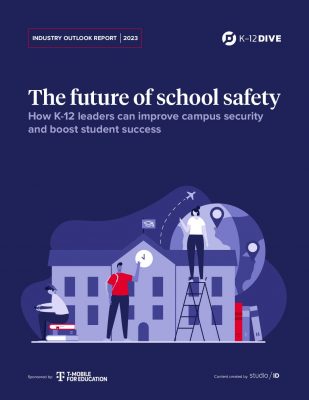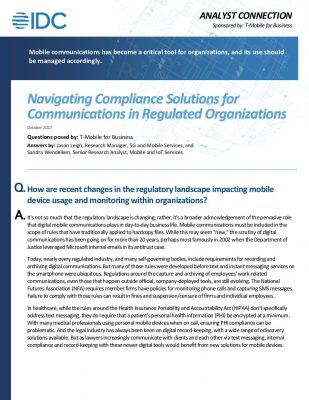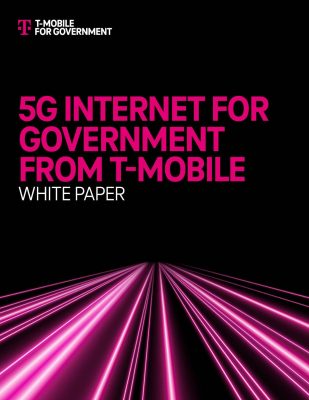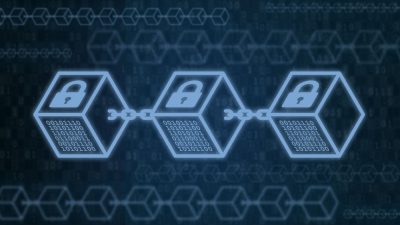Highlights:
- Quantinuum integrated Microsoft’s latest error correction technology with its 32-qubit H2 quantum processor, powered by Honeywell International Inc.
- Microsoft compared the qubit error correcting system to putting on a good noise-canceling headset to improve sound clarity in loud surroundings.
Microsoft partners with Quantinuum Ltd., an integrated quantum computing company, to introduce enhanced reliability to quantum error correction. The collaboration will propagate the path toward building hybrid quantum supercomputing systems.
Using Quantinuum’s ion-trap technology in conjunction with Microsoft’s qubit-virtualization system, which employs error detection and correction, researchers were able to demonstrate error rates that were 800 times lower than those of physical systems alone. The group conducted over 14,000 separate tests with the new technology and never made an error.
Quantum computing uses Qubits for both data processing and storage. In contrast to a classical bit, a qubit can also exist in a superposition, where its state is uncertain and has an equal chance of being a 1 or a 0, or it can be entangled with another qubit. These qubits can be quite error-prone due to the hardware they are based on, which is often sensitive superconducting circuitry to resolve the measurements.
Quantinuum integrated Microsoft’s latest error correction technology with its 32-qubit H2 quantum processor, which is powered by Honeywell International Inc. By employing 30 of the 32 physical qubits on the H2 to create four logical qubits, this resulted in what both companies claimed to be the most reliable logical qubits.
The group also performed “active syndrome extraction”, a process of identifying and fixing flaws in logical qubits without damaging them. This discovery is especially significant since it marks a significant advancement toward trustworthy quantum computing.
Microsoft compared the qubit error correcting system to putting on a good noise-canceling headset to improve sound clarity in loud surroundings. According to the combined team, it translates to a signal enhancement of about 29 dB, which, when heard through headphones, would cancel out even reasonably loud and unpleasant noises like a vacuum sweeper or a busy street.
The team announced, “With our qubit-virtualization system, we were able to create four highly reliable logical qubits from only 30 physical qubits of the available 32 on Quantinuum’s machine. When entangled, these logical qubits exhibited a circuit error rate of 10−5 or 0.00001, which means they would experience an error only once in every 100,000 runs. That is an 800x improvement over the circuit error rate of 8×10−3 or 0.008, measured from entangled physical qubits.”
This accomplishment will pave the way for a new era in computing known as “Level 2 Resilient,” where quantum supercomputers will be able to handle error-related problems and take on significant tasks like simulating complex systems in condensed matter physics, modeling the states of molecules and materials, and investigating previously uncharted scientific territory. This covers scientific fields, including large-scale climate simulation, astronomical simulations, drug development, and advanced material sciences that are currently outside the scope of traditional computers.
Dr. David Shaw, Chief Analyst at Global Quantum Intelligence, said, “Quantum error correction often seems very theoretical. What’s striking here is the massive contribution Microsoft’s midstack software for qubit optimization is making to the improved step-down in error rates. Microsoft really is putting theory into practice.”
In the upcoming months, Microsoft stated advanced features based on this new technology would be offered in a private preview for Azure Quantum Elements, the company’s infrastructure explicitly designed for research and development productivity.






































































